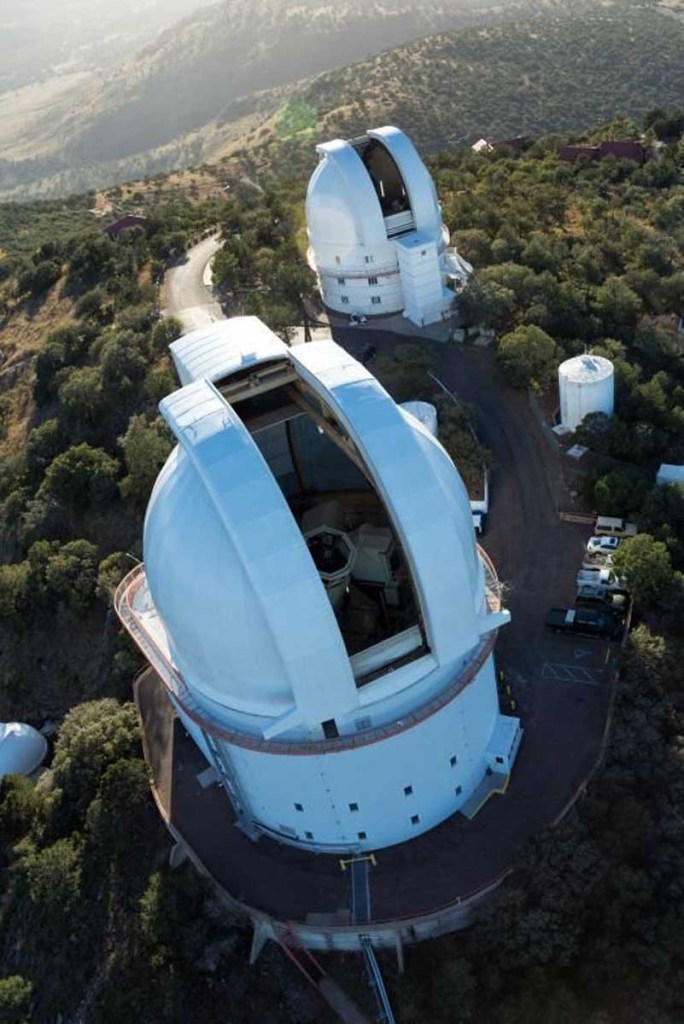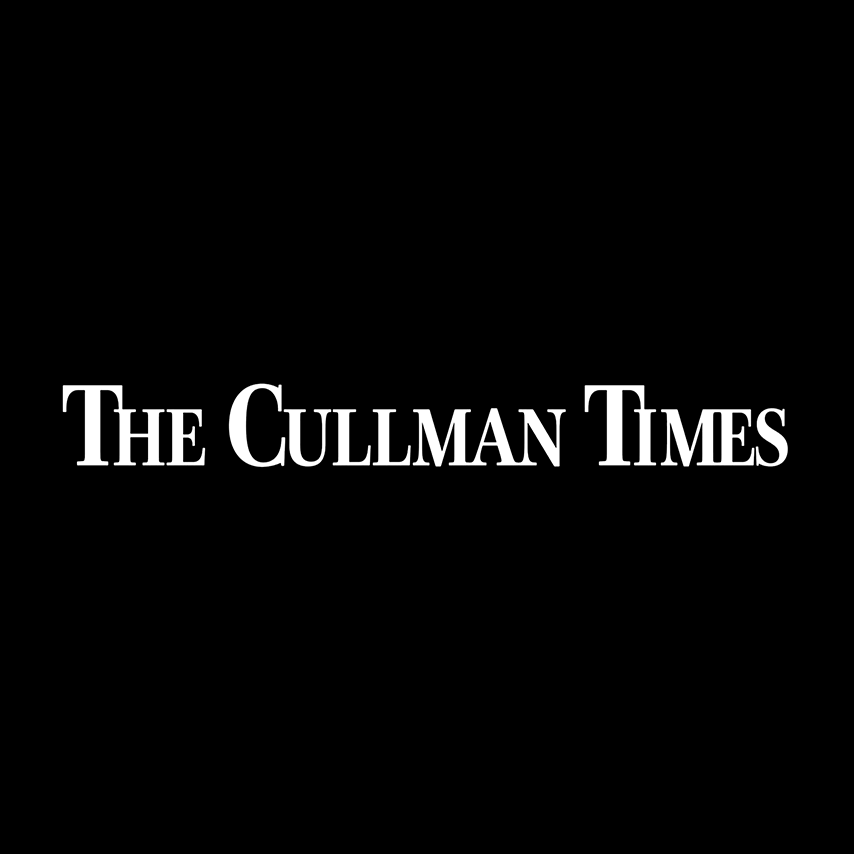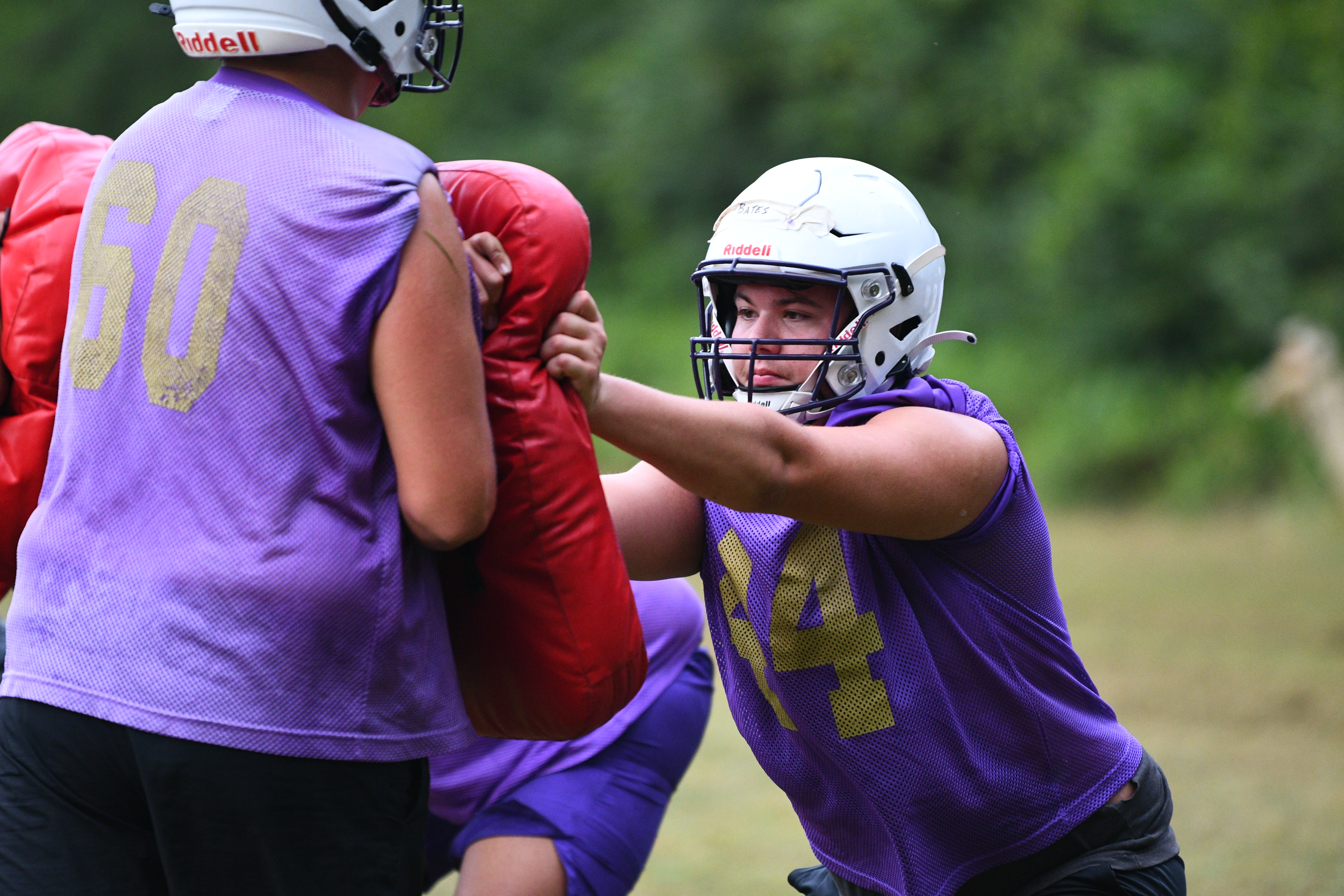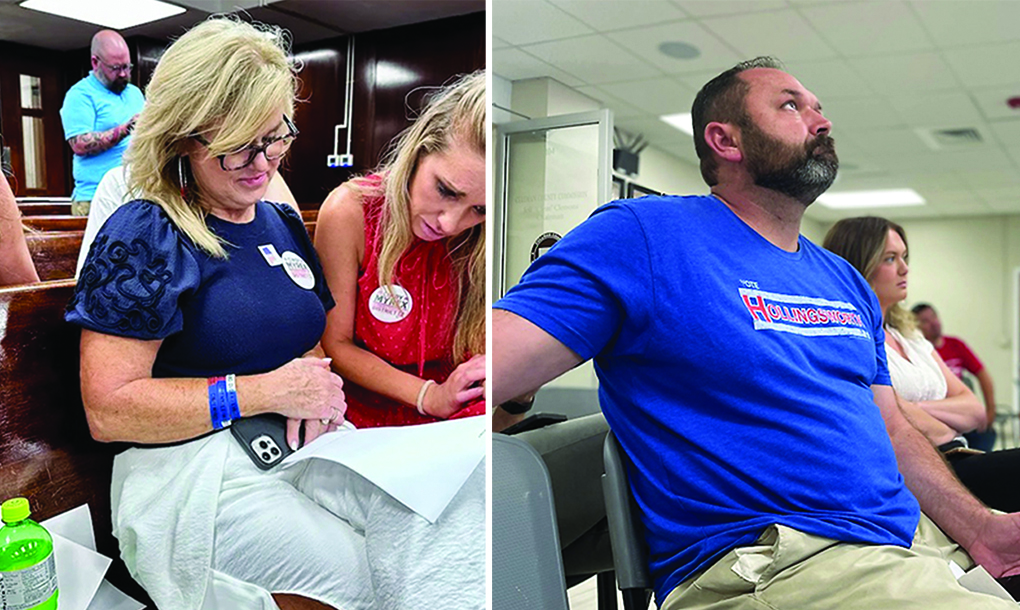Drillers dim lights to protect view from famous Texas observatory
Published 7:33 am Friday, August 7, 2015

- This ariel view looks into the open domes of the Harlan J. Smith Telescope (front) and the Otto Struve Telescope (rear).
AUSTIN – They built the McDonald Observatory in darkest West Texas for a reason.
But white hot population growth and petroleum production are threatening its unobstructed view of the heavens and the research that makes the observatory famous.
Trending
“Let’s just say the skies here aren’t as dark as they used to be five or six years ago,” said Bill Wren, spokesman for the University of Texas at Austin’s renowned observatory. “It still very dark overhead, but the Permian Basin is aglow. It’s creeping our way.”
The threat is directional for the observatory near Fort Davis. Dark skies over Mexico to the south offer good conditions for probing the universe with the McDonald’s big telescopes.
To the northeast, lights from production rigs and spreading cities are a different story.
“It is not a new problem, just an increasing one,” said Coyne Gibson, a research engineer at McDonald, whose astronomers recently helped to detect a new planet 1,400 light years away, dubbed Earth 2.0.
“Everybody has a right to see the stars. The threat to that is pretty big,” he said.
Spurred by heightened awareness of light pollution that could jeopardize the 76-year-old observatory, the petroleum industry and cities are trying to take the shine off a production and building boom.
Trending
In Midland to the northeast – and Marfa and Alpine to the south – ordinances restrict nighttime lights, with some rules dating back more than a decade.
But Ben Shepperd, president of the Midland-based Permian Basin Petroleum Association, said he was in the dark about light pollution until Wren approached him about two years ago.
The oil rig count in the basin – an area about 250 miles wide and 300 miles long – is down to about 250. That’s half the total of a year ago.
Even with reduced numbers, lighting a rig 24 hours a day, 7 days a week, makes a difference.
“We immediately sat down and agreed to help,” Shepperd said. “We can reach a lot of people. We’ve had multiple meetings.”
Solutions are straightforward: Pointing lights and shielding them are the two easiest and cheapest.
Wren noted the problem isn’t one of hardware.
“It’s an educational awareness problem,” he said.
Shepperd said rigs typically run 50 to 75 lights as drilling is completed.
“Traditionally they’re just blanketing everything,” he said. “Do we really need to be lighting up the sky? The answer is no.”
While compliance is voluntary, Shepperd said awareness within the oil and gas industry is breeding change.
“It’s real simple. It costs very little to make these changes,” he said. “It’s not prohibitive in any way.”
Olyna Khrystuk, spokeswoman for San Antonio-based Pioneer Energy Services, said her company let Wren use one of its rigs to test lights.
“We’re putting the lights at a certain position” pointing downward, she said. “You still have the same lighting you need for work.”
Jeff Sparks, chief operating officer at Discovery Operating Inc., a family owned oil and gas business, said he, too, just learned of the need to help protect the view from McDonald.
He said many in the industry just learned about the problem last year.
“A lot of the drilling contractors have voluntarily started retrofitting their rigs with systems that would not have as much upward bleed and do more shielding,” he said. “That’s already beginning to take place.”
Sparks said drillers are concerned about lighting their work “for the safety of the hands.”
“We don’t care if the light goes up. The McDonald Observatory does,” he said.
UT astronomers care, and so do others.
Shepperd said he likes to take his daughter to the observatory, too.
“Those guys have a world-wide impact,” he said of the McDonald and its researchers. “We all live out there. It’s a treasure.”
John Austin covers the Texas Statehouse for CNHI’s newspapers and websites. Contact him at jaustin@cnhi.com.






